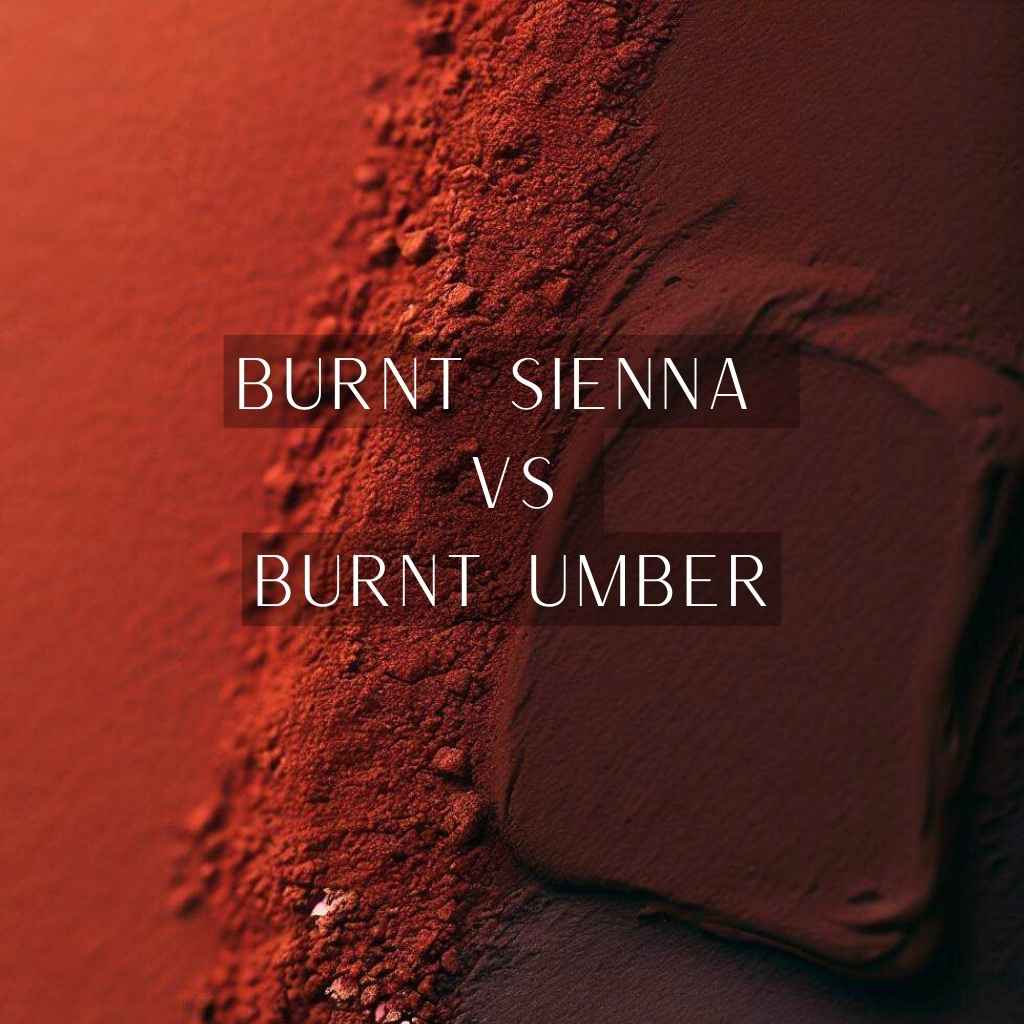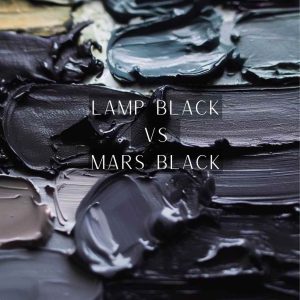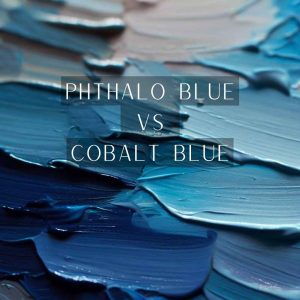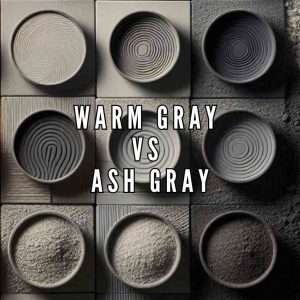Are you ready to immerse yourself in the enchanting world of rich, earthy hues? Prepare to be captivated as we unravel the fascinating duel between Burnt Sienna and Burnt Umber. These two colors, synonymous with warmth and depth, hold an intrinsic allure that beckons artists and enthusiasts alike.
As you embark on this chromatic journey, we’ll explore the unique properties, distinctive characteristics, and myriad of ways these colors can breathe life into your artistic creations.
So, whether you’re an aspiring artist seeking to master your craft or a seasoned creator looking to add new dimensions to your work, join us on this captivating exploration of burnt sienna vs burnt umber.
Burnt Sienna: The warm reddish-brown
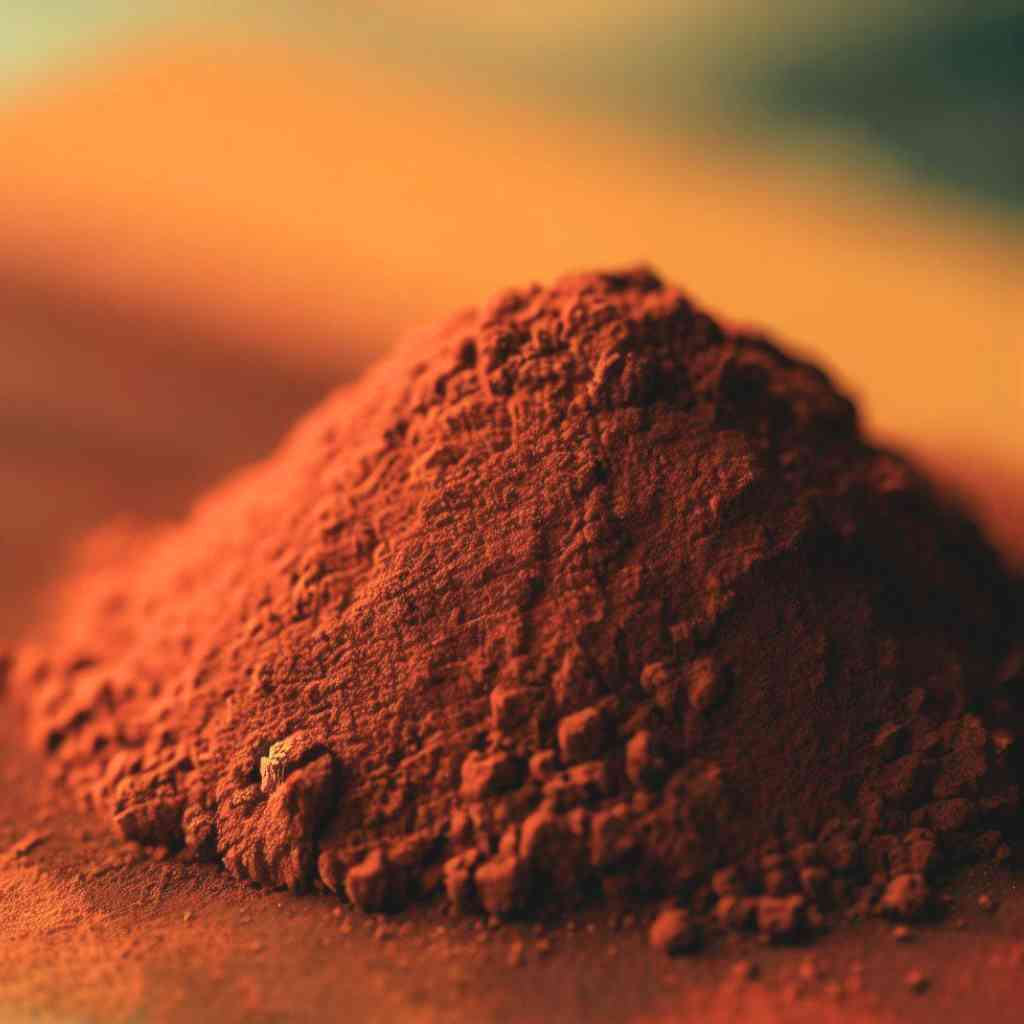
Burnt Sienna captivates with its warm, reddish-brown charm, making it a beloved choice for artists across various mediums. Understanding its composition and chemical properties adds to our understanding of its unique appeal.
Burnt Sienna consists of iron oxide and other trace elements, which contribute to its distinctive color and characteristics. Iron oxide, present in Burnt Sienna, is primarily responsible for the warm, reddish-brown tones that make this color so captivating.
Historical Use and Significance in Art:
Throughout art history, numerous renowned artists have employed burnt sienna to great effect. From classical portraits to contemporary figurative works, burnt sienna has been a go-to pigment for artists seeking to capture the warm hues of human skin tones.
The likes of Rembrandt and Caravaggio masterfully incorporated this pigment into their works, harnessing its warm and rich qualities to evoke emotion and create visual impact. These masterpieces serve as a testament to the enduring appeal and versatility of burnt sienna as a vital component of an artist’s palette.
Burnt Umber: The rich earthy goodness
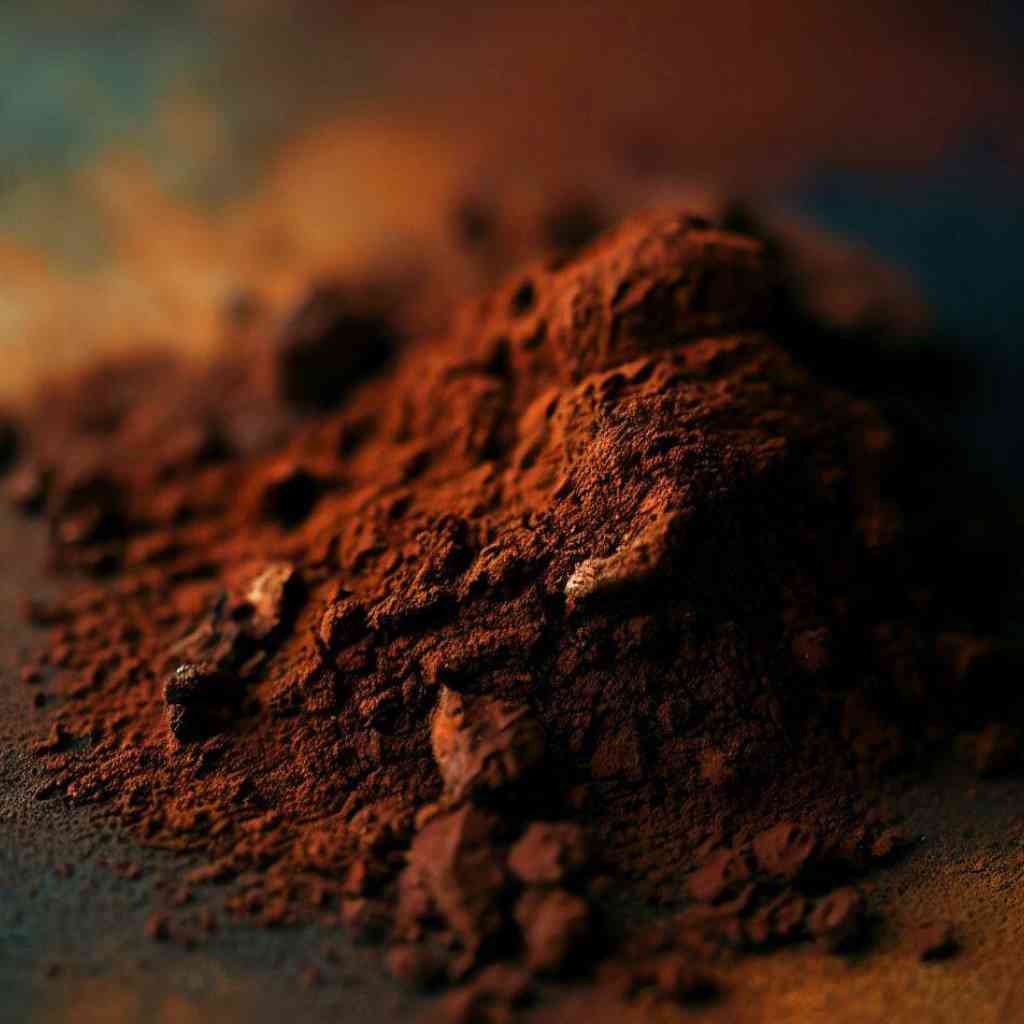
Burnt Umber embodies the richness and earthiness of natural landscapes. Exploring its composition and properties deepens our understanding of this captivating color.
Burnt Umber is composed of manganese, iron oxide, and other elements, resulting in its unique earthy tones and properties. Manganese, along with iron oxide, contributes to the distinct warmth and depth that Burnt Umber brings to artistic creations.
Historical Use and Significance in Art:
Burnt Umber holds significant historical importance in the art world. It gained prominence during the Renaissance and Baroque periods, with artists like Leonardo da Vinci and Rembrandt utilizing its warm, earthy tones to create depth and realism in their works.
Burnt Umber found particular utility in tonal underpainting techniques and was valued for its ability to capture natural elements in landscapes and still-life compositions.
Its durability and resistance to fading have contributed to the preservation of artworks throughout history. Burnt Umber continues to be a valued color in contemporary art, highlighting its timeless significance.
Burnt Sienna vs Burnt Umber: Comparison
When it comes to comparing Burnt Sienna and Burnt Umber, it’s essential to explore their distinct characteristics and how they differ from each other to know the unique qualities they offer that can greatly impact your artistic creations.
Here are some aspects that set Burnt Sienna and Burnt Umber apart:
Hue and Undertone Distinctions
Burnt Sienna, with its warm reddish tones, exudes a vibrant energy that adds liveliness to any artwork. Its hue leans more towards the red spectrum, evoking a sense of warmth and passion.
On the other hand, Burnt Umber showcases a brown earthiness that brings a grounded and natural feel to artistic compositions. The undertones of Burnt Umber tend to be more subdued and earthy compared to the lively warmth of Burnt Sienna.
Value and Intensity Differences
In terms of value, Burnt Sienna tends to be lighter compared to Burnt Umber. This characteristic lends Burnt Sienna a brighter and more luminous quality, allowing it to stand out in compositions.
Burnt Umber, on the other hand, exhibits deeper and darker values, offering a more subdued and rich appearance. When it comes to intensity or saturation, Burnt Sienna generally has higher saturation levels, giving it a vibrant and energetic presence, while Burnt Umber has a lower saturation, contributing to its more earthy and understated presence.
Versatility and Complementarity in Color Palettes
Both Burnt Sienna and Burnt Umber possess great versatility and complementarity within color palettes. They harmonize beautifully with other earth tones, such as ochre, raw sienna, and raw umber, creating a cohesive and natural palette that evokes a sense of organic warmth and unity.
Additionally, these colors can also serve as striking contrasts when paired with cool or vibrant colors, adding visual interest and balance to your artwork. The ability of Burnt Sienna and Burnt Umber to seamlessly integrate with other colors makes them valuable additions to any artist’s palette.
Applications of Burnt Sienna
Burnt Sienna finds its place in various artistic applications, and understanding how to use it effectively will enhance your artwork.
Incorporating Burnt Sienna in Traditional Oil Painting
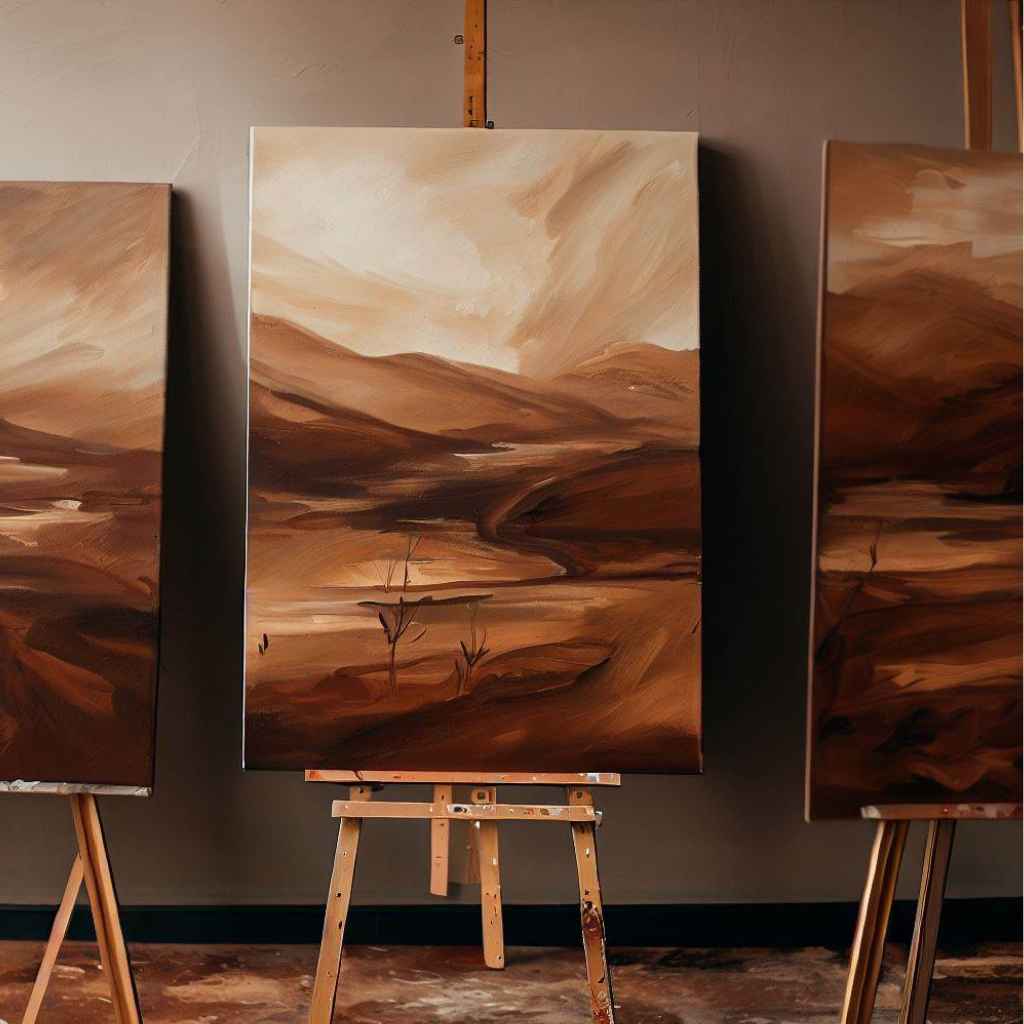
Traditional oil painters often use Burnt Sienna as a foundational color, as it provides a warm base for creating depth and dimension in their compositions.
Utilizing Burnt Sienna in Portrait Paintings
Burnt sienna is highly favored by portrait painters for its ability to create lifelike flesh tones.
By blending burnt sienna with other colors such as titanium white and various reds, artists can achieve a wide range of skin tones, from fair to deep complexions. Its warm undertones bring warmth and vitality to the subject, capturing the nuances and intricacies of human features.
Creating Depth and Shadows with Watercolor
In watercolor painting, Burnt Sienna is frequently employed to create realistic shadows and add depth to landscapes, still life, and portraiture.
Complementary Color Combinations with Burnt Sienna
When paired with complementary colors, burnt sienna can create striking visual effects. Mixing it with blues or greens adds contrast and intensity, making the composition visually captivating.
Additionally, combining burnt sienna with warm yellows or oranges can create harmonious and balanced color schemes.
Applications of Burnt Umber
Burnt Umber finds its place in a variety of artistic applications, each showcasing its distinctive qualities.
Enhancing Landscapes and Natural Scenery:
Burnt Umber excels in landscape painting, capturing the organic textures and colors of nature with its earthy tones.
The earthy qualities of Burnt Umber made it an ideal choice for capturing the natural world in landscapes and still-life compositions. Its ability to represent soil, tree trunks, rocks, and other natural elements with authenticity made Burnt Umber an essential tool for artists seeking to depict the beauty and harmony of nature.
Achieving warm tones in portraits and figure painting:
In portrait painting, Burnt Umber found particular utility in capturing the subtleties of human skin tones. Its warm, earthy hues provided a solid foundation for building up layers of color and achieving lifelike flesh tones.
Artists utilized Burnt Umber to create the shadows, contours, and underlying structures of the face, giving depth and dimension to their portraits.
Tonal Underpainting Technique:

Burnt Umber became a favored choice for artists practicing the tonal underpainting technique. This technique involves creating a monochromatic foundation using Burnt Umber or other earth tones before applying layers of color on top.
The tonal underpainting establishes the values and structure of the composition, enabling artists to achieve accurate proportions and a three-dimensional effect.
FAQs
- How do I effectively use Burnt Sienna and Burnt Umber to create realistic textures?
Burnt Sienna and Burnt Umber are excellent choices for creating realistic textures in your artwork. By employing techniques such as glazing, layering, and dry brushing, you can build up depth, texture, and enhance the appearance of surfaces such as wood, fur, or earth.
- Can I achieve vibrant or cool effects with Burnt Sienna and Burnt Umber?
While Burnt Sienna and Burnt Umber are known for their warm and earthy qualities, they can still be combined with other colors to achieve vibrant or cool effects. By experimenting with complementary colors or introducing cooler tones, you can create dynamic and visually engaging compositions.
- Are Burnt Sienna and Burnt Umber opaque or transparent colors?
Burnt Sienna and Burnt Umber can vary in transparency depending on the brand and formulation. Generally, Burnt Umber tends to be more opaque compared to Burnt Sienna. However, it’s always a good practice to check the transparency level specified by the manufacturer or conduct your own tests.
- Can I create a full range of skin tones using Burnt Sienna and Burnt Umber?
Burnt Sienna and Burnt Umber are often utilized in creating a foundation for skin tones in portraits and figure painting. While they can provide a good base for warmer skin tones, it’s important to mix and experiment with other colors such as yellows, reds, and blues to achieve a full range of realistic and diverse skin tones.
- Can I create a monochromatic artwork using only Burnt Sienna or Burnt Umber?
Yes, creating a monochromatic artwork solely using Burnt Sienna or Burnt Umber is a popular artistic approach. By exploring the tonal variations and subtle nuances within these colors, you can create a visually engaging and cohesive artwork that focuses on the interplay of light and shadow.
- Are there any cultural or symbolic associations with Burnt Sienna and Burnt Umber?
Burnt Sienna and Burnt Umber have historical and cultural associations, often related to the natural world and earthy elements. Symbolically, these colors can evoke feelings of grounding, warmth, and connection to nature, making them ideal choices for artwork that seeks to convey such sentiments.
- Can I use Burnt Sienna and Burnt Umber for underpainting techniques?
Yes, both Burnt Sienna and Burnt Umber are commonly used in underpainting techniques. They provide a solid foundation for establishing values, creating a tonal structure, and building subsequent layers of color. These colors excel in tonal underpainting methods such as grisaille or imprimatura.
Conclusion
As we near the end of our journey through the captivating realm of burnt sienna vs burnt umber, it’s time to reflect on the wealth of knowledge we’ve acquired and the possibilities that lie ahead.
Throughout this exploration, we’ve delved into the origins, unique properties, and artistic applications of these earthy hues.
Now, armed with a deeper understanding of burnt sienna and burnt umber, you possess the tools to infuse your artwork with warmth, depth, and richness.
So, as you pick up your brush, let the knowledge and inspiration gained guide you to create masterpieces that evoke emotions, tell stories, and resonate with the world.

